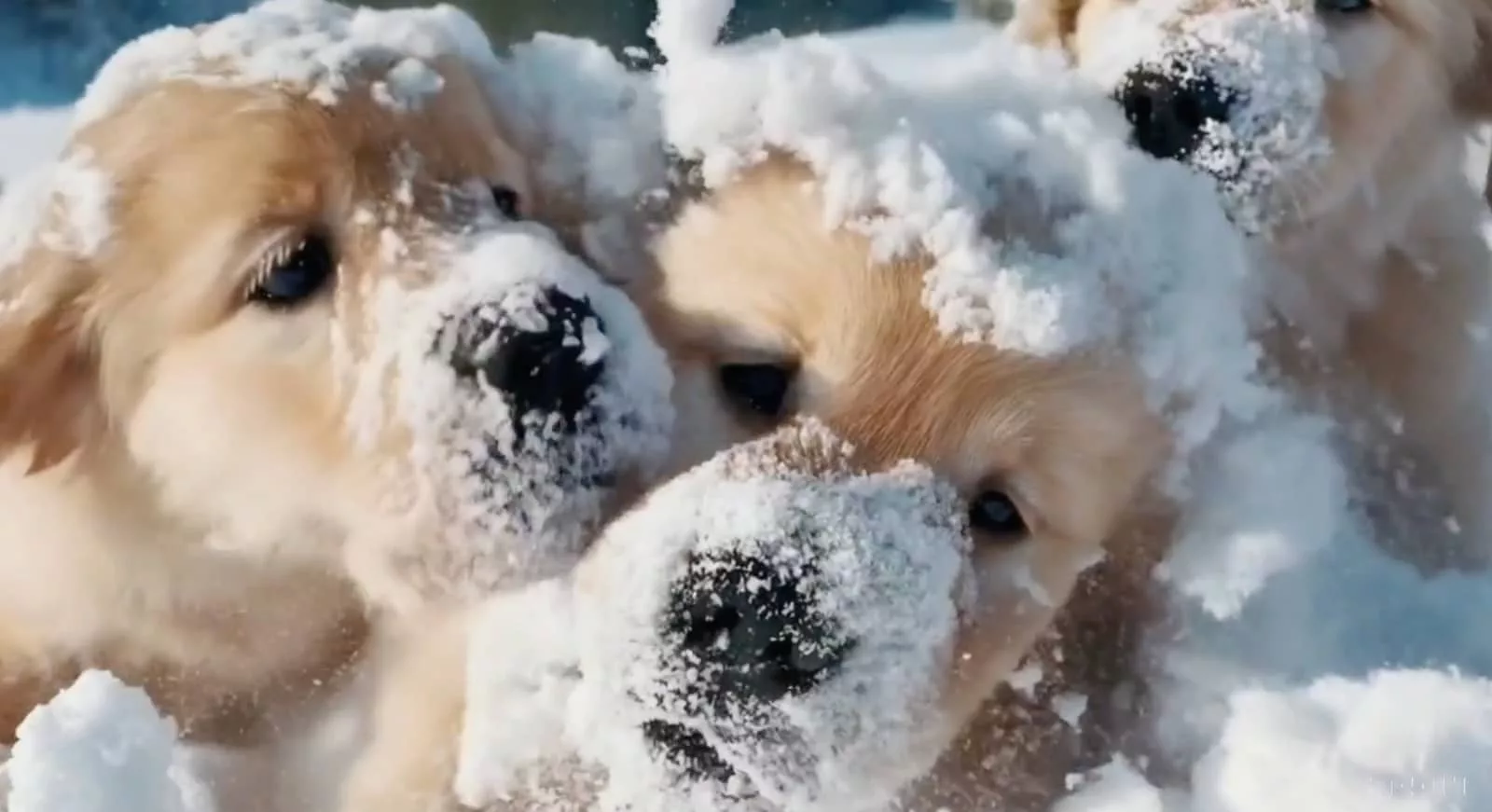Images out of nothing are one thing, but video out of nothing? Prepare to have no idea what’s real, as AI video comes to life.
One of the year’s biggest trends and buzzwords for the past few years is about to get even more interesting, as artificial intelligence comes to video, or more specifically making video.
By now, we’re practically drowning in AI this year, with artificial intelligence set to be in computers via AI PCs, coming to more phones starting with the Samsung Galaxy S24 Ultra (and the rest of the S24 series), and have even seen AI making its way to cars.
It’s the technology that just doesn’t give up, but you need an application for it. There’s no use in saying “this has AI” without saying what the AI is being used for, otherwise it’s just another feature that does very little.
We saw AI do something with the sheer number of image creation services able to make history out of seemingly nothing but training and a block of text, and the same is true with making text appear, pioneered in part with OpenAI’s text creation AI, the famed Chat GPT.
So what’s next?
Text to video, it seems, with OpenAI showing what’s possible from “Sora”, an AI model that can create video from text instructions.
While no access has been provided to the public — intentionally, as teams work out where the risks will be for the platform — select artists, designers, and filmmakers are being given access to work out where the Sora video creation model can go next.
Creatives are the likely focus for OpenAI’s Sora, which the company says can generate complex scenes using specific details of text prompts. The demos certainly prove it, showcasing some remarkable creations of locations, people, and even imaginative animated scenes.
OpenAI’s video creation tool isn’t the first text-to-video tool, mind you, with Runway also offering tools to make text to video happen, relying on another AI system to create small videos using text, but also allowing it to animate from images.
In fact, you can use Runway to animate images created from text in another service, effectively allowing you to create scenes from seemingly nothing but text. Theoretically, you could use another AI to create the text prompt, and then make a video from that text.
And these are likely not alone. Text to video is only going to get better, like all things in AI. Image generation has moved a long way in the small time it has been out, so expect video to take some leaps alongside it.
Buckle up, folks. What we visually consume is about to get even more interesting.






